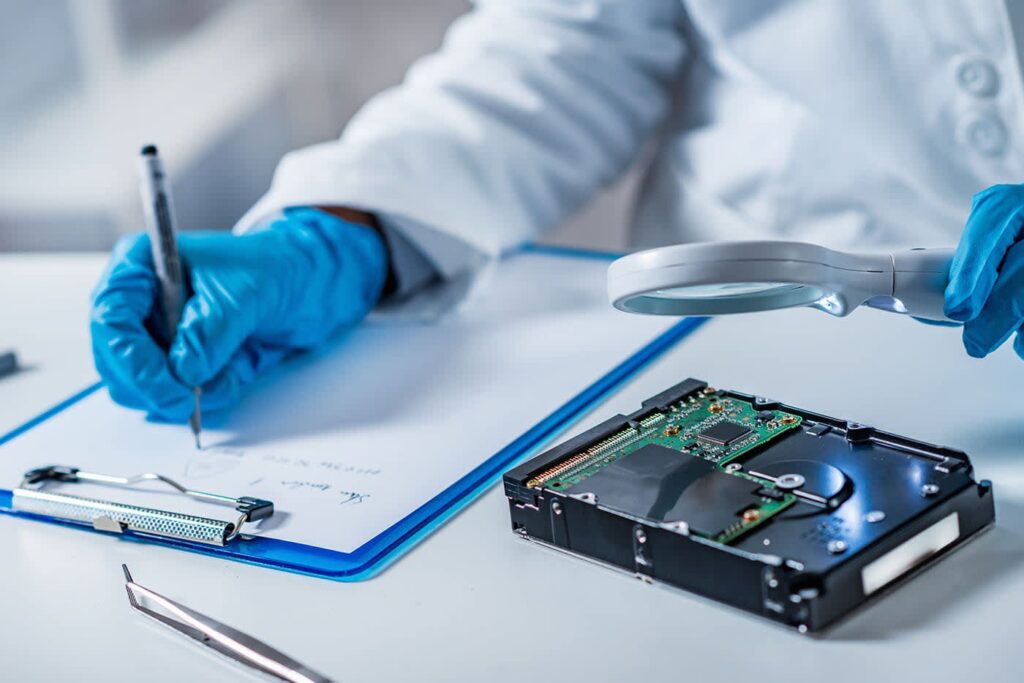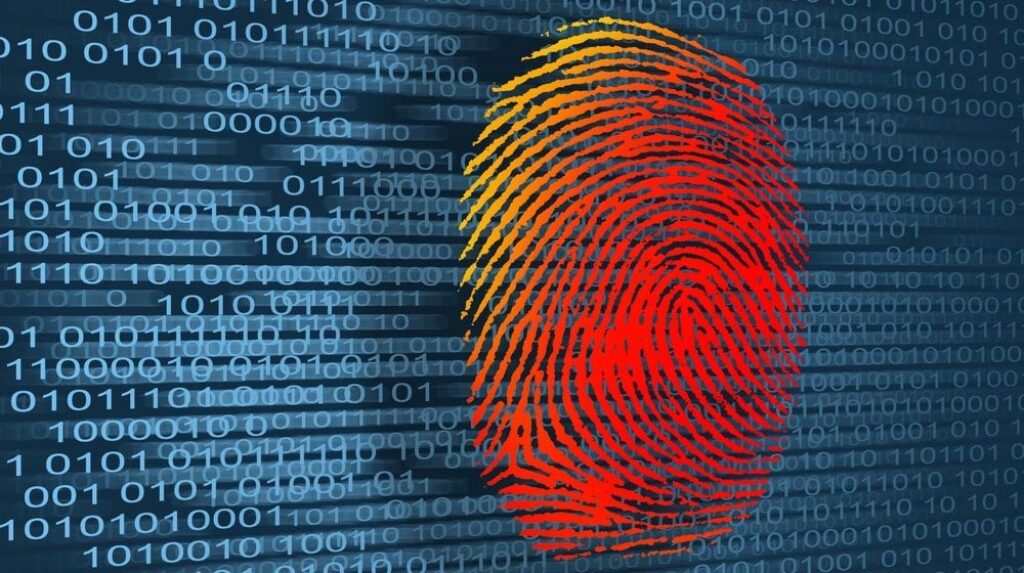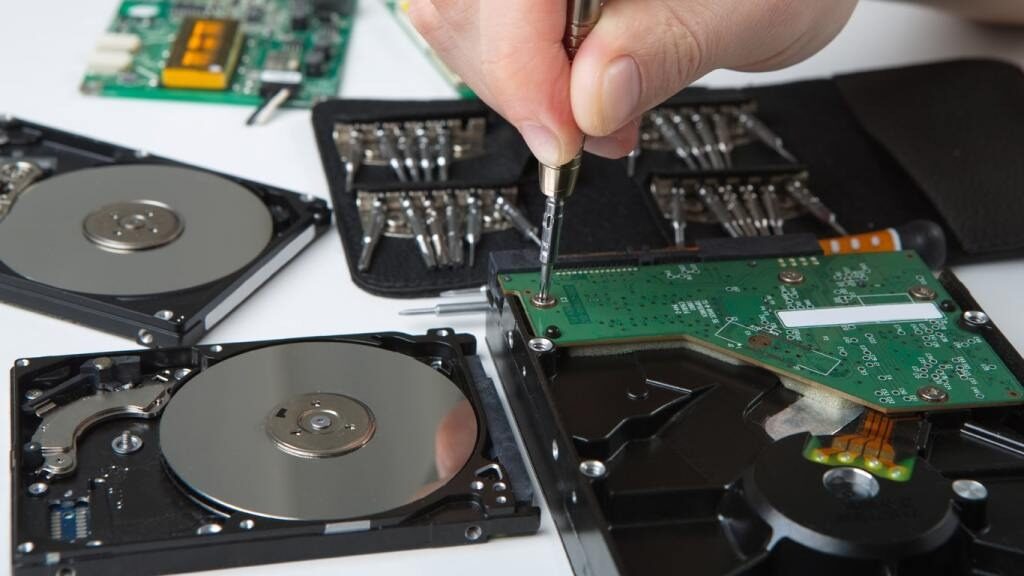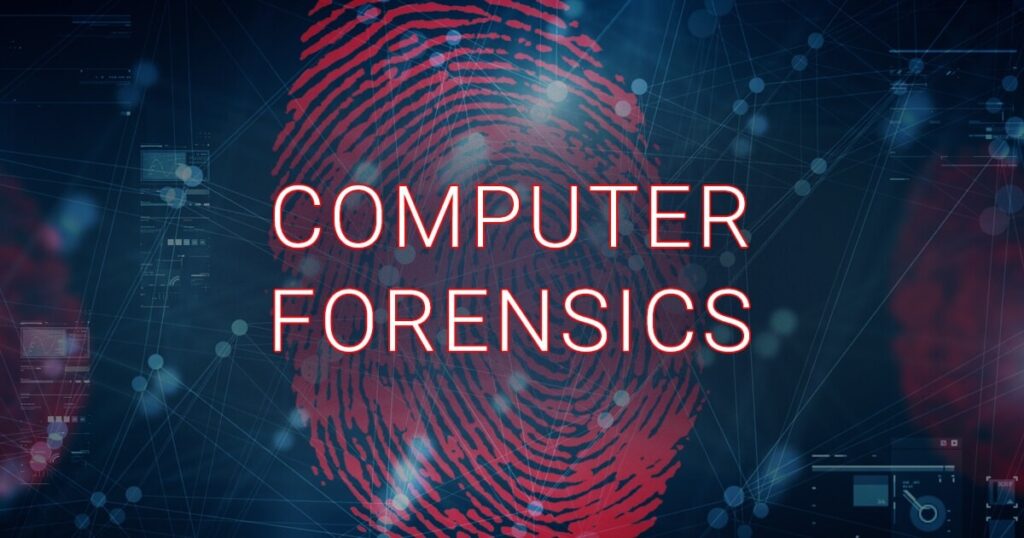
When you think your data’s gone for good, that’s when a computer forensic expert steps in. We’ve seen it all: from accidental deletions to devices damaged beyond recognition. But here’s the thing—data often leaves a trace, and that’s what these pros are trained to find.
Imagine having a digital detective on your side, one who can dive deep into the tech underworld to retrieve what’s been lost. That’s what it’s like working with a computer forensic expert. They’re the folks you call when it feels like all is lost, and trust me, they’ve got a knack for bringing data back from the brink.
Whether it’s for legal evidence or personal peace of mind, recovering data is no small feat. But with the right expertise, even the most elusive files aren’t beyond reach. Stick around and I’ll walk you through how these experts turn the impossible into possible.
Table of Contents
The Role of Computer Forensic Experts in Data Recovery

Source: criminaljusticedegreeschools.com
Computer forensic experts serve as the linchpin in the quest to retrieve lost or inaccessible data. These professionals employ an array of technical skills and specialized software to uncover data that seems long gone. Perhaps you’re wondering what makes these experts unique in the data recovery landscape. Their background in cybersecurity and digital forensics sets them apart, enabling them to approach recovery tasks with an investigative mindset.
When encountered with data loss, whether through accidental deletion or hardware failure, I’ve turned to these forensic savants. They start by meticulously analyzing the storage device, seeking any digital imprints that your files may have left behind. The recovery process includes several intricate steps:
- Initial assessment of the damage or failure
- Creation of a disk image to prevent further data loss
- Employing advanced algorithms to identify recoverable data
- Extraction of the data onto secure storage media
Despite the complexity, the essence of their work hinges on maintaining the integrity of your data. Any modifications or damage caused during the recovery process can compromise potential evidence, especially in legal scenarios. That’s why the tools and methods forensic experts use are designed to be non-invasive.
The diversity of cases they handle is broad, ranging from simple memory cards to sophisticated RAID arrays. There’s no ‘one-size-fits-all’ strategy in this field. Each device and data loss scenario requires a tailored approach. For example, recovering data from a damaged smartphone necessitates a different toolkit and expertise than retrieving files from an encrypted hard drive.
Their expertise isn’t limited to finding the data alone. They also analyze the data within its context, which can uncover the reasons behind the loss or corruption. This not only aids in preventing future incidents but also provides valuable insights into data management and security practices.
One point remains clear through every recovery operation: with the right expert, the digital footprints you thought were erased can often be traced and brought back to life.
Understanding Data Traces and their Significance

Source: indiamart.com
When diving deep into the realm of data recovery, it’s crucial to comprehend the concept of data traces. Essentially, these are digital footprints left behind on storage devices even after files are deleted or lost due to corruption. It’s akin to finding DNA at a crime scene; the subtle remnants carry significant information, often unseen to the untrained eye but instrumental to a forensic expert.
Here’s why data traces matter:
- They serve as the raw material from which we can work to reconstruct lost or deleted files.
- Subtle clues within these traces can shed light on the methods and reasons behind unauthorized access or data manipulation.
- By examining data traces, forensic analysts can often discern patterns or sequences which might indicate the presence of malware or the actions of cybercriminals.
When analyzing a storage device, the usual approach is to delve into the nitty-gritty of its file system. Even when data seems irretrievable, the metadata— information about the files, such as timestamps and file system entries — might still linger. This metadata is pivotal because it can help in piecing together the fragments of lost information.
Thankfully, advances in computer forensics have brought forth sophisticated tools capable of detecting and deciphering these traces. They operate under the hood of a device’s storage, sifting through sectors to uncover bits and pieces that are still present. The priority in this process is to maintain the integrity of these data traces, as any alteration could compromise the recovery efforts or, in some cases, render them useless.
The key takeaway is the importance of acting promptly. With passage of time, new data can overwrite these traces, diminishing the chances of recovery. That’s why when facing data loss, it’s wise to power down the device and reach out to a professional who understands the intricate dance of file recovery.
Common Scenarios where Data Recovery is Needed

Source: datarecoverypit.com
There are plethora of situations that necessitate data recovery. These are not just limited occurrences but rather common events that anyone could face.
- Accidental Deletion of Files: It happens with just a press of a button—important documents, photos, or videos are deleted from a device. This mistake is more common than you might think and it’s one significant reason why individuals seek data recovery services.
- Hardware Failure: Devices are not infallible; over time, hard drives crash, memory cards fail, and USBs can become corrupt. When the hardware of a storage device malfunctions, it often seems as though the data is lost forever, but a computer forensic expert can usually recover it.
- Software Corruption: Software issues such as system crashes, or a failed update can render files inaccessible. In such cases, it’s not just a matter of restoring the software – the hidden data traces need to be pieced together to rescue the lost information.
- Virus and Malware Attacks: Malicious software can wreak havoc on your system, encrypting or hiding files. Forensic experts use advanced techniques to safely retrieve files affected by these cyber threats without compromising the integrity of the data.
- Natural Disasters and Accidents: Fires, floods, and other natural disasters can cause physical damage to devices, leading to potential data loss. Often, this leads to a complex recovery process that requires not just technical expertise but also an understanding of the storage medium’s physical properties.
- Data Loss During Transfer: When files are being transferred from one device to another, interruptions or errors can lead to incomplete data or files not being saved properly. These lost fragments can be crucial and necessitate recovery services.
Professionals undertaking data recovery must handle each scenario with bespoke strategies. The challenges in each case can significantly vary, ranging from simple file restoration to complex, multi-layered data retrieval efforts. With emerging technologies and the increasing sophistication of storage devices, the task requires ongoing learning and adaptation.
Tools and Techniques Used by Computer Forensic Experts

Source: teachyourkidscode.com
When tasked with recovering data from devices, experts rely on an extensive toolkit that’s constantly updated with the latest software and hardware. The array of tools available to computer forensic experts is impressive, allowing for the meticulous extraction and safeguarding of data.
On the software front, computer forensics experts typically utilize advanced programs like EnCase, FTK (Forensic Toolkit), and Cellebrite. These programs are designed to dig deep into the file systems of devices, helping to recover data that might seem irretrievably lost. With these tools, they can:
- Perform sector-level searches
- Recover deleted files
- Access encrypted files
- Analyze file structures
In addition to software, specialized hardware plays a critical role. Write-blockers are indispensable in my toolkit; they allow me to access a device’s storage media without the risk of altering the data. This is crucial for maintaining the integrity of the evidence. Moreover, experts use cloning devices to make bit-by-bit copies of drives for analysis without risking the original media.
Forensic imaging is another technique the experts frequently use. It involves creating an exact bitwise copy of the entire data storage device. They then analyze this forensic image exhaustively without the fear of compromising the original data source. This method not only aids in data recovery but also serves as a foundational practice in preserving digital evidence.
Besides the technical tools, maintaining detailed logs and handling protocols is essential for any forensic endeavor. Every step, from the initial acquisition of the data to its analysis, must be meticulously recorded. This ensures that the data recovery process is both transparent and defensible in any legal context.
To adapt to the nuances of different cases, experts often have to combine traditional recovery methods with cutting-edge techniques. It’s a dynamic field with innovations that continually enhance the effectiveness of data recovery. Hence, staying abreast of technological advancements is not just a necessity; it’s an integral part of the daily routine of a computer forensic expert.
Conclusion

Source: eccouncil.org
Recovering data from devices with the precision and care of a computer forensic expert isn’t just about technical prowess—it’s about upholding the integrity of the process. Maintaining a clear chain of custody and securing proper authorization are not only legal necessities but also ethical imperatives.
Digital forensics experts have the responsibility to stay abreast of the ever-changing landscape of privacy laws and digital rights. By doing so, the evidence they recover stands up to the highest levels of legal and ethical scrutiny, protecting both the subjects of the investigation and the sanctity of the judicial process. Trust in computer forensics hinges on our commitment to these principles and the ability to adapt to the evolving digital world.







